An outdoor solar security camera typically needs at least 2-4 hours of direct, peak sunlight daily to maintain its charge. This ensures the internal battery has enough power for 24/7 operation, including overnight and during overcast days. However, the exact amount can vary significantly based on factors like battery capacity, camera usage, and solar panel efficiency. A larger battery and a more efficient panel can provide a greater power buffer, ensuring uninterrupted security even with less-than-ideal sun exposure.

Table of Contents
- What Is the Minimum Daily Sunlight for a Solar Camera?
- Which Key Factors Determine a Solar Camera's Sunlight Needs?
- How Do Environmental Conditions Impact Solar Charging?
- Where Is the Best Place to Install Your Solar Panel for Maximum Sun?
- What Can You Do if Your Solar Camera Isn't Getting Enough Sun?
- How Can You Maintain Your Solar Panel for Peak Efficiency?
What Is the Minimum Daily Sunlight for a Solar Camera?
The general benchmark for keeping a solar-powered security camera consistently operational is receiving between two and four hours of direct sunlight each day. It is crucial to distinguish between direct and indirect sunlight. Direct sunlight is when the sun's rays hit the solar panel without any obstruction, providing the most potent charging energy. This is the "peak" sunlight that manufacturers refer to.
Indirect sunlight, or ambient daylight, occurs on overcast days or when the panel is in a shaded area. While the panel will still generate some power from indirect light, the charging rate is drastically reduced. Therefore, achieving the 2-4 hour target with direct, unobstructed sun is the key to building a sufficient power reserve in the camera's battery to last through the night and subsequent cloudy days.
Which Key Factors Determine a Solar Camera's Sunlight Needs?
The "2-4 hours" rule is a starting point, not a universal constant. A camera's specific power requirements are a delicate balance of several interconnected factors. Understanding these elements will help you determine the ideal setup for your property and ensure your surveillance is never compromised by a dead battery.
How Does the Solar Panel's Efficiency and Size Matter?
Not all solar panels are created equal. Their size, wattage, and the type of photovoltaic cells used directly influence how quickly they can convert sunlight into electricity. Most modern security camera panels use monocrystalline cells, which are known for their high efficiency rates, especially in less-than-ideal light conditions, compared to older polycrystalline types.
A panel's power is measured in watts (W). A higher wattage panel (e.g., 5W vs. 3W) can generate more power in the same amount of time, effectively "filling up" the battery faster. If you live in an area with frequent cloud cover or have a camera in a high-traffic zone, investing in a system with a more powerful and efficient solar panel can make a significant difference in reliability.
Why Is Battery Capacity a Critical Part of the Equation?
The solar panel gathers energy, but the battery stores it. Battery capacity, measured in milliampere-hours (mAh), dictates how long the camera can operate without any sunlight. A small battery might be depleted after just one or two sunless days, whereas a larger one can keep the camera running for a week or more.
This is why choosing a camera with a substantial battery is vital for consistent security. For instance, systems like the Botslab Advanced AI Tech 4K Battery 2-Cam System W510 come equipped with a high-capacity 10000mAh battery, designed to provide a reliable power reserve that lasts through extended periods of low light. Think of the battery as your camera's power insurance policy against bad weather.
How Does Camera Usage Affect Power Consumption?
A security camera is not a passive device; its power consumption fluctuates based on its activity level. A camera monitoring a quiet backyard will use significantly less power than one watching a busy driveway with constant motion events.
Several functions increase power drain:
- Frequent Motion Detection: Each time the camera wakes up to record an event, it consumes power.
- Live Streaming: Viewing the live feed from your camera is one of the most power-intensive activities.
- Night Vision: The infrared (IR) LEDs used for night vision require a constant power supply throughout the night.
- Poor Wi-Fi Signal: If the camera has to work harder to maintain a stable connection to your router, it will use more battery.
How Do Environmental Conditions Impact Solar Charging?
Your local environment plays a non-negotiable role in your solar camera's performance. The same camera can perform exceptionally well in one location and struggle in another, simply due to weather and geography.
What Happens on Cloudy Days or During Rain?
Solar panels can still charge on cloudy or rainy days, but their output is severely diminished. Heavy cloud cover can reduce a panel's efficiency by as much as 70-90%. During these times, the camera will likely consume more power than the panel can generate, forcing it to draw from its battery reserve. This is precisely why starting with a fully charged battery and having a high-capacity one is so important. A few consecutive sunny days are needed to build a buffer that can withstand a stretch of inclement weather.
How Does Geographic Location and Season Affect Performance?
The angle and intensity of the sun change dramatically with the seasons and your latitude. During the summer, the days are longer and the sun is higher in the sky, providing optimal charging conditions. In contrast, winter brings shorter days and a lower sun angle, meaning the panel receives fewer hours of less-intense sunlight. If you live in a northern region, you may find that your camera struggles to maintain a full charge during the winter months without optimal placement and power-saving settings.
| Condition | Effective Direct Sunlight | Expected Charging Status |
|---|---|---|
| Clear Summer Day | 6+ hours | Optimal: Fully charges with surplus for battery reserve. |
| Partly Cloudy Day | 3-5 hours | Sufficient: Should maintain charge or charge slowly. |
| Overcast/Rainy Day | 0-2 hours | Minimal: Will likely rely on battery power. |
| Clear Winter Day | 2-4 hours | Sufficient (if positioned well): May need power-saving modes. |
Where Is the Best Place to Install Your Solar Panel for Maximum Sun?
Proper installation can make the difference between a fully powered camera and a frequently dead one. The goal is to maximize the panel's exposure to direct sunlight throughout the day. For those in the Northern Hemisphere, the ideal orientation is south-facing. This position captures the most sunlight as the sun travels across the sky.
Equally important is avoiding obstructions. Mount the panel in a location where it will not be shaded by tree branches, roof eaves, or other structures, especially during the peak sun hours of 10 a.m. to 4 p.m. Many solar panels come with adjustable mounting brackets. Use this to tilt the panel at an angle (typically 30-45 degrees) to best catch the sun's rays and help rain wash away dust and debris.
What Can You Do if Your Solar Camera Isn't Getting Enough Sun?
If your location simply doesn't provide enough consistent sunlight, you are not out of options. A combination of hardware and software adjustments can help ensure your camera stays online.
Can You Optimize Camera Settings for Lower Power Use?
Yes, most modern security cameras offer settings that can significantly reduce battery consumption. Check your camera's app for a "power management" or "power-saving" mode. This might reduce the pre-recording time or slightly increase the wake-up speed to conserve energy.
You can also lower the motion detection sensitivity to prevent unnecessary recordings from things like swaying branches or passing cars in the distance. Reducing the video recording quality (e.g., from 2K to 1080p) and the length of recorded clips can also make a noticeable impact on battery life, extending the time between necessary recharges from the sun.
Are There Other Charging Solutions?
If optimization isn't enough, consider a physical solution. Some brands offer larger, more powerful solar panels that can be purchased separately and connected to the camera. These can be particularly effective for high-usage cameras or challenging environments.
As a last resort, you can periodically take the camera down and charge it indoors using its USB port. While this defeats the purpose of "set-it-and-forget-it" solar power, it is a viable option to ensure your property remains secure during long stretches of poor weather, especially in the winter.
How Can You Maintain Your Solar Panel for Peak Efficiency?
A solar panel is a low-maintenance device, but not a no-maintenance one. Over time, the panel's surface can accumulate a layer of dust, pollen, dirt, or bird droppings. This film can significantly block sunlight and reduce charging efficiency. It's good practice to inspect the panel visually every few months.
If it appears dirty, simply wipe it clean with a soft cloth and water. Avoid using harsh chemicals or abrasive materials that could scratch the surface. A clean panel is an efficient panel, ensuring your security camera gets every bit of energy it can from the available sunlight.



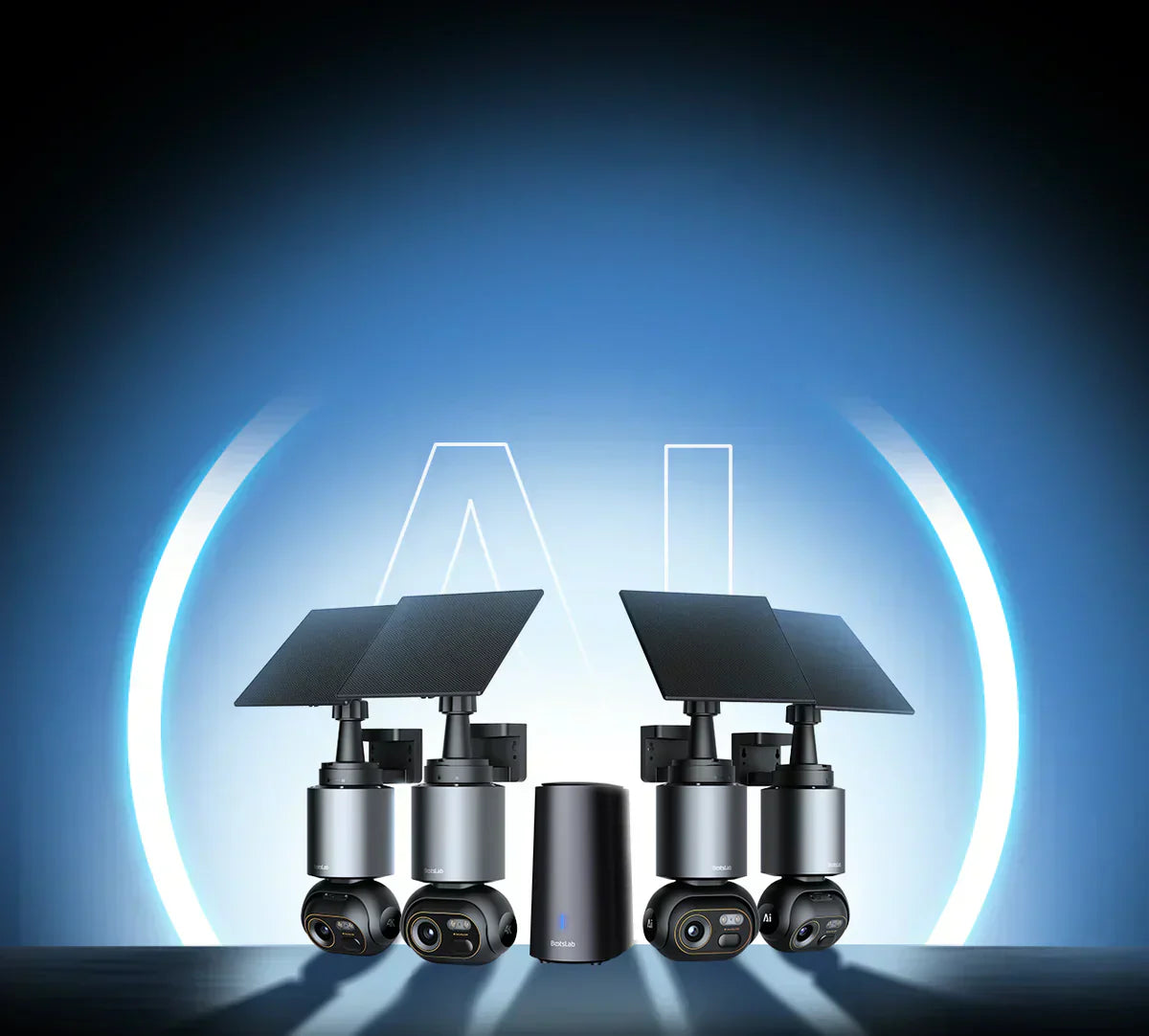
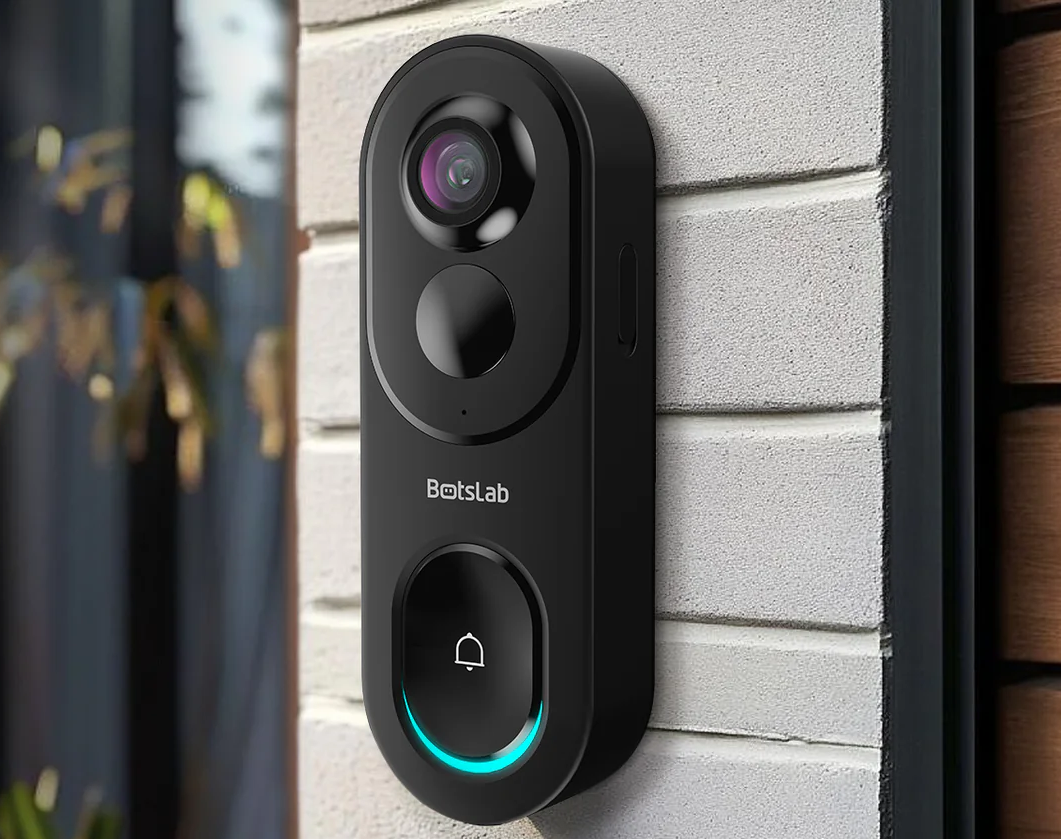



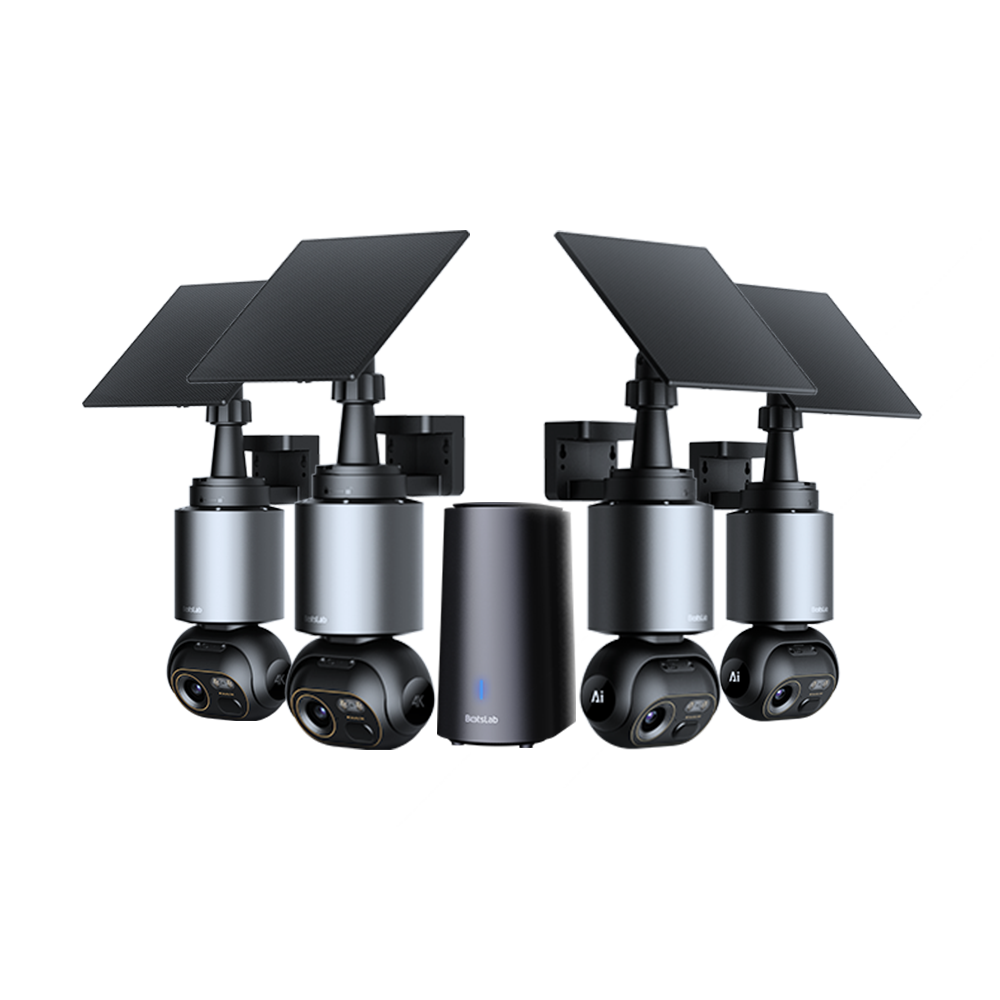




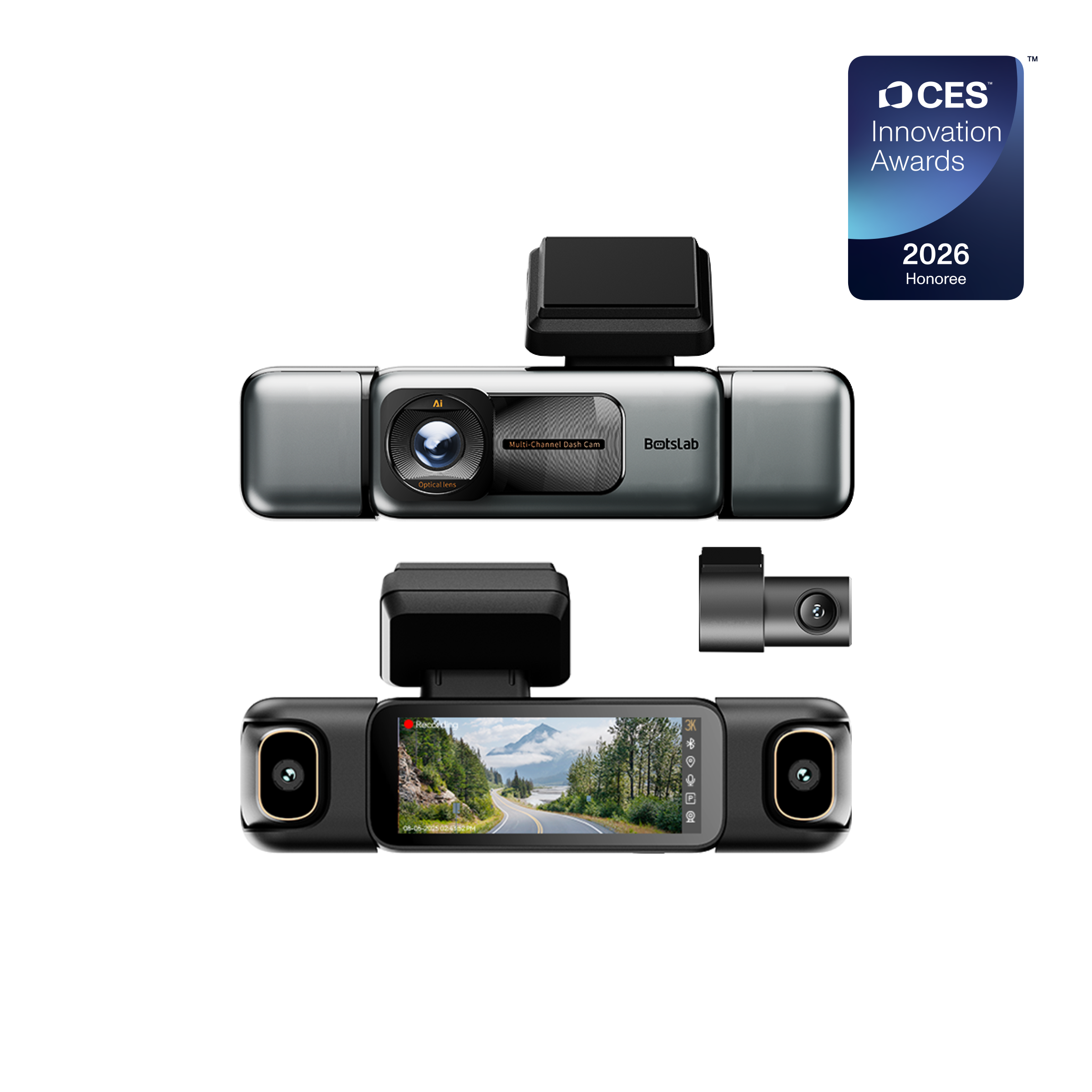
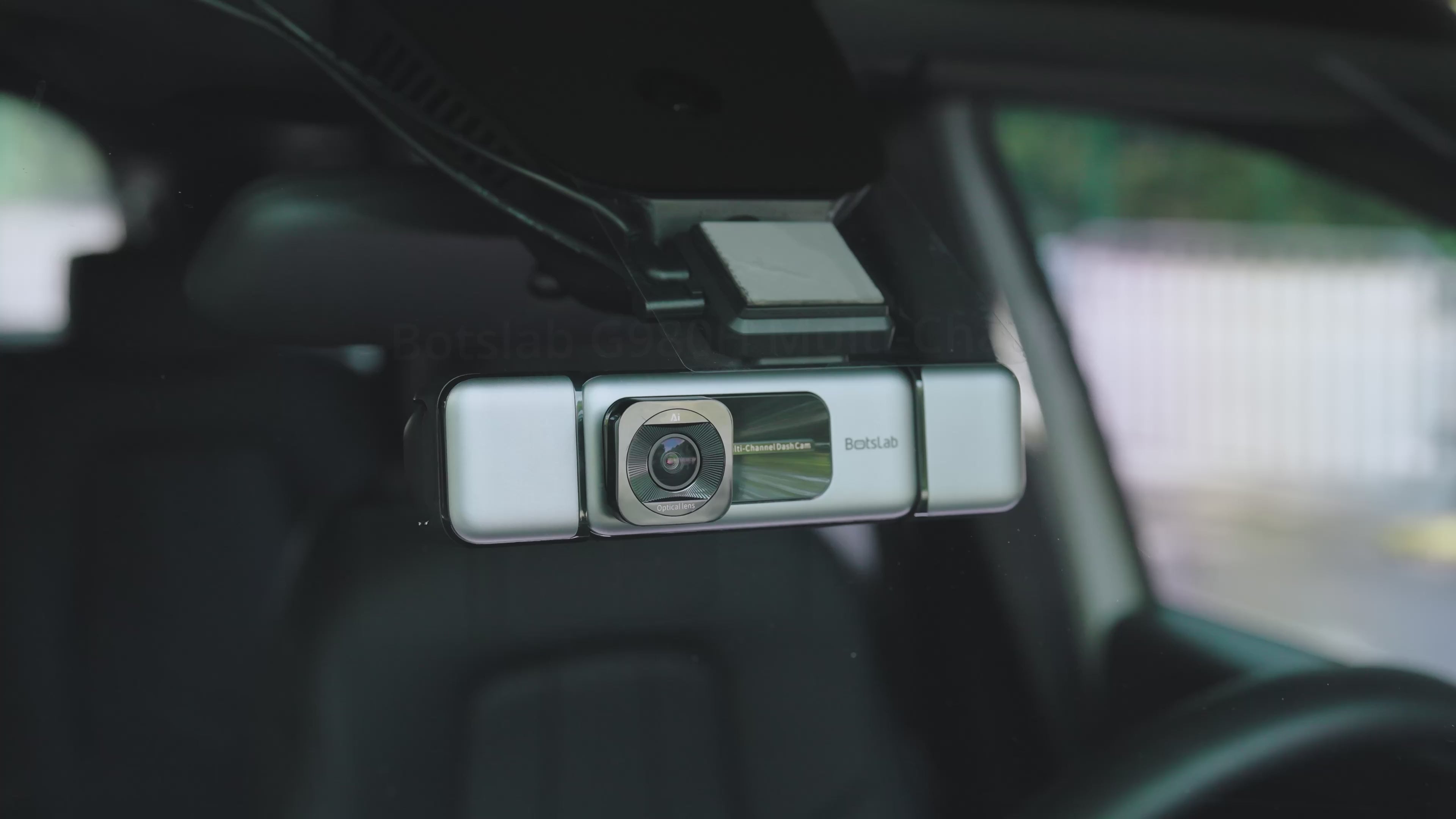
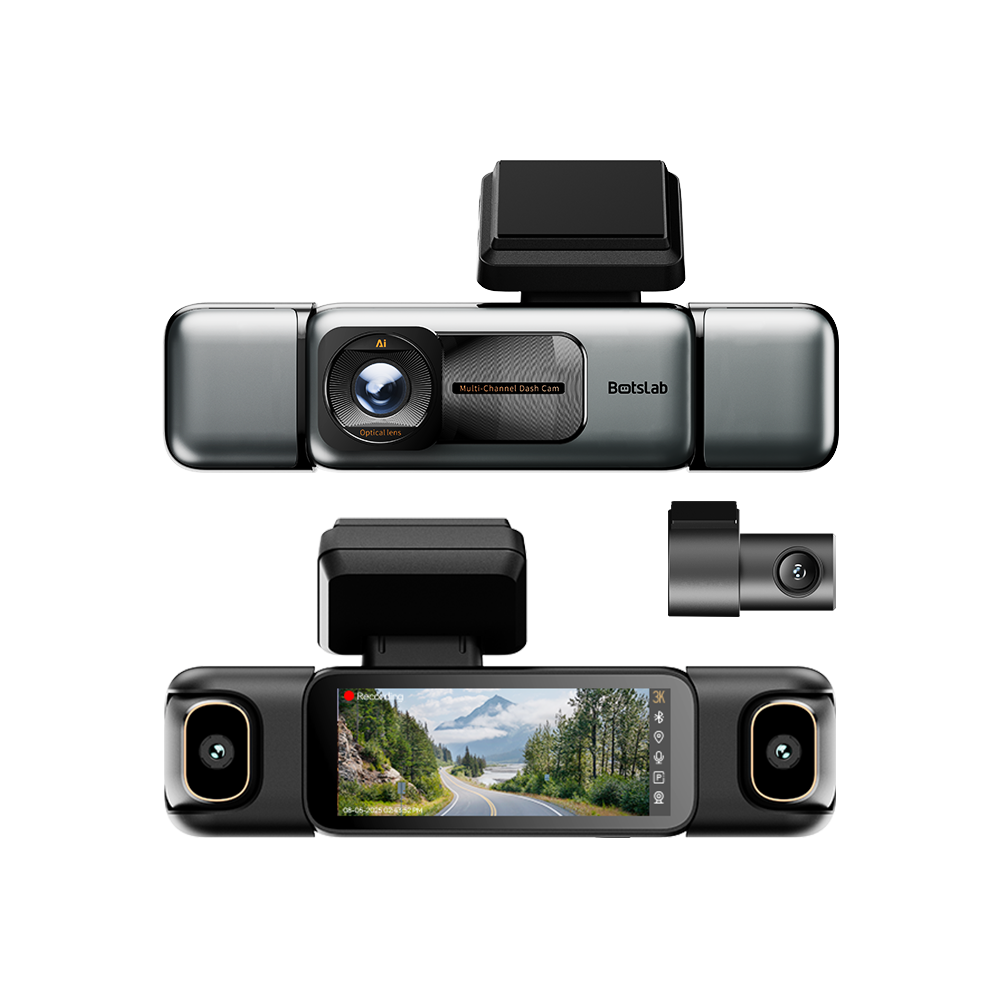
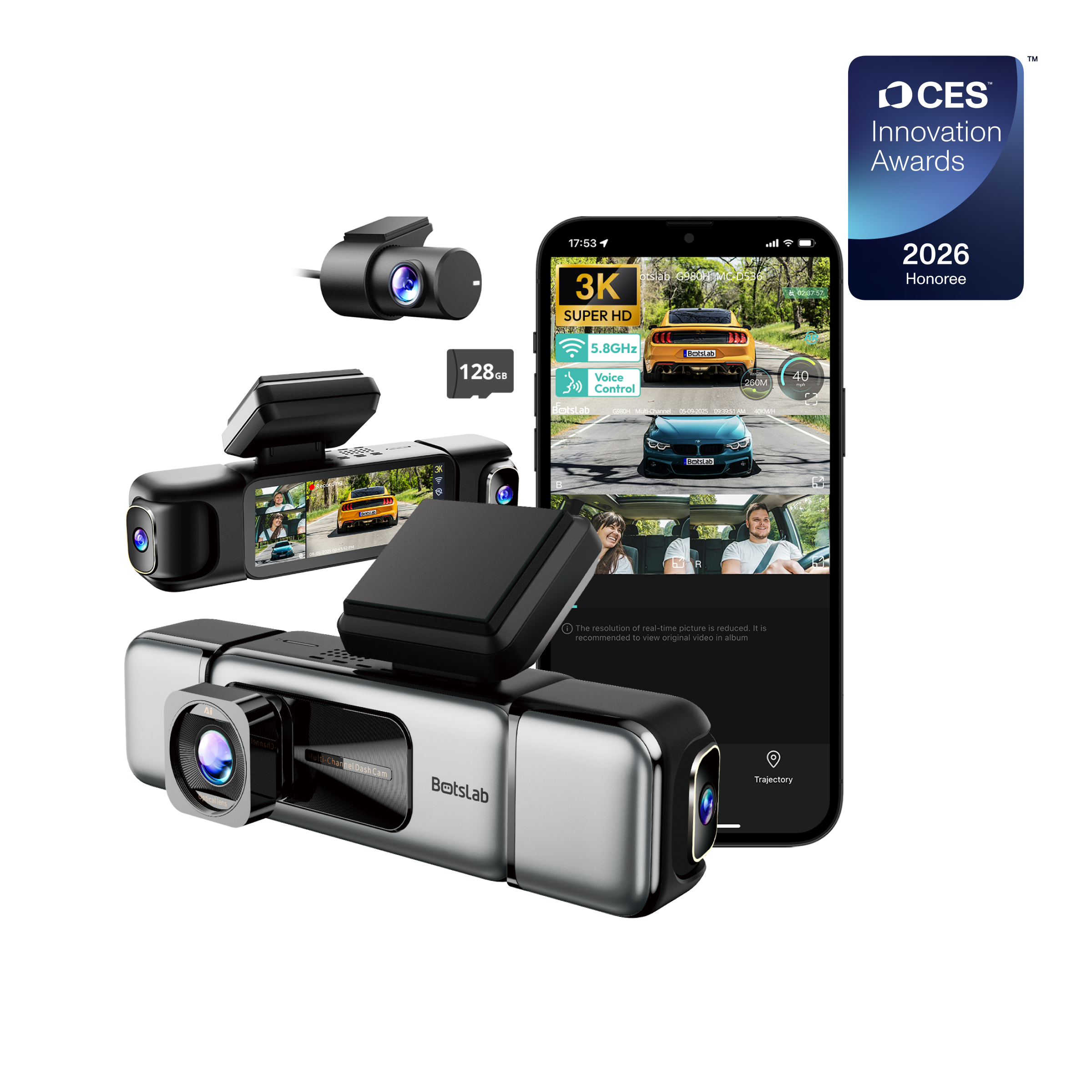
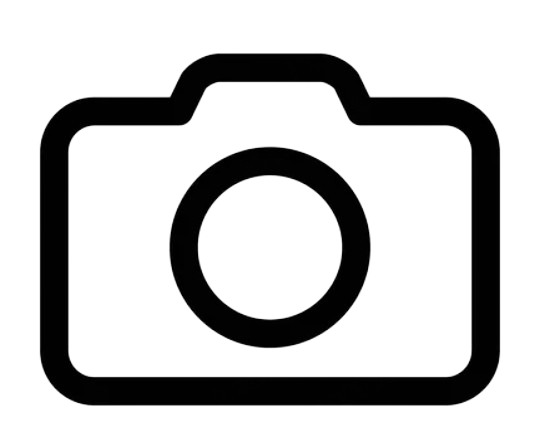




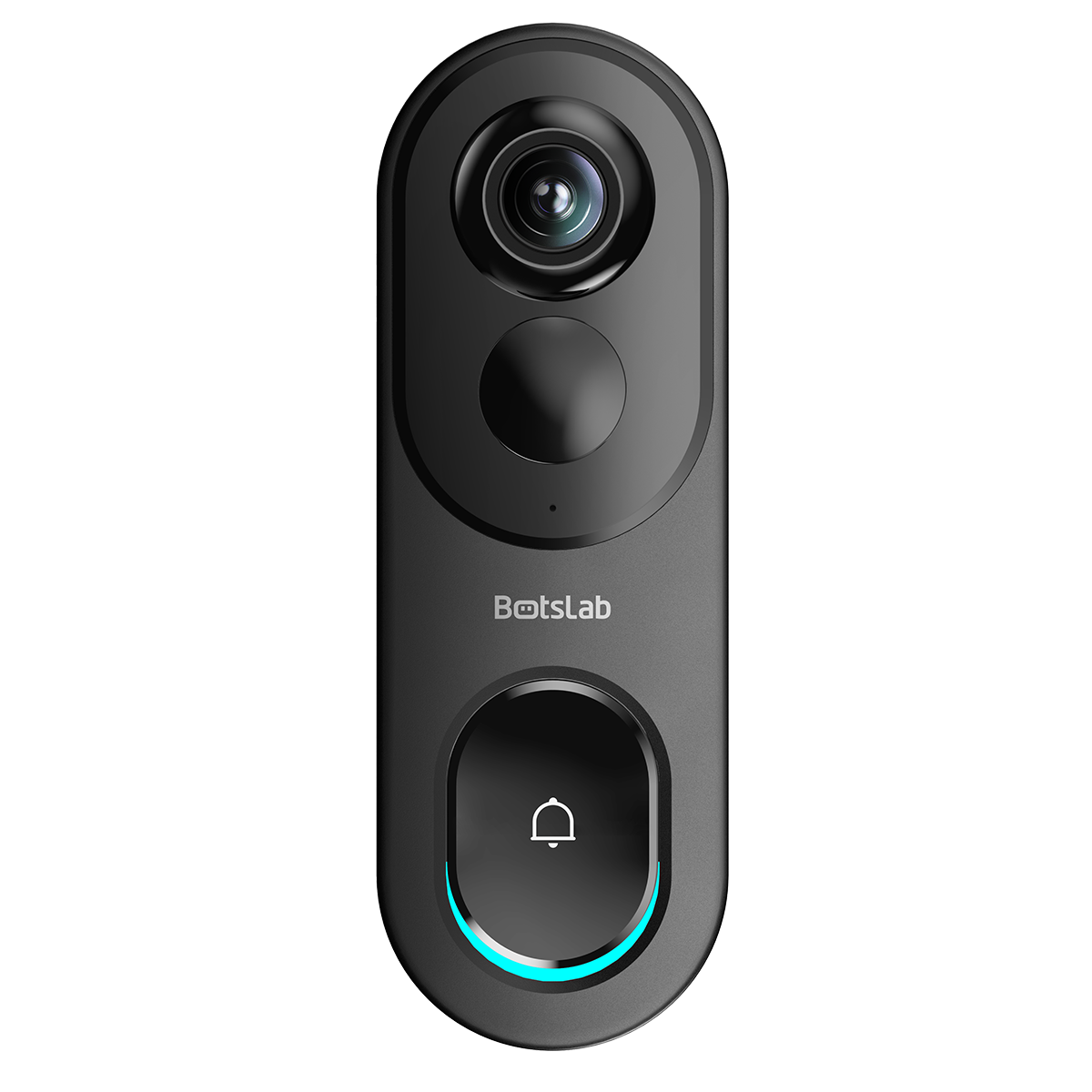




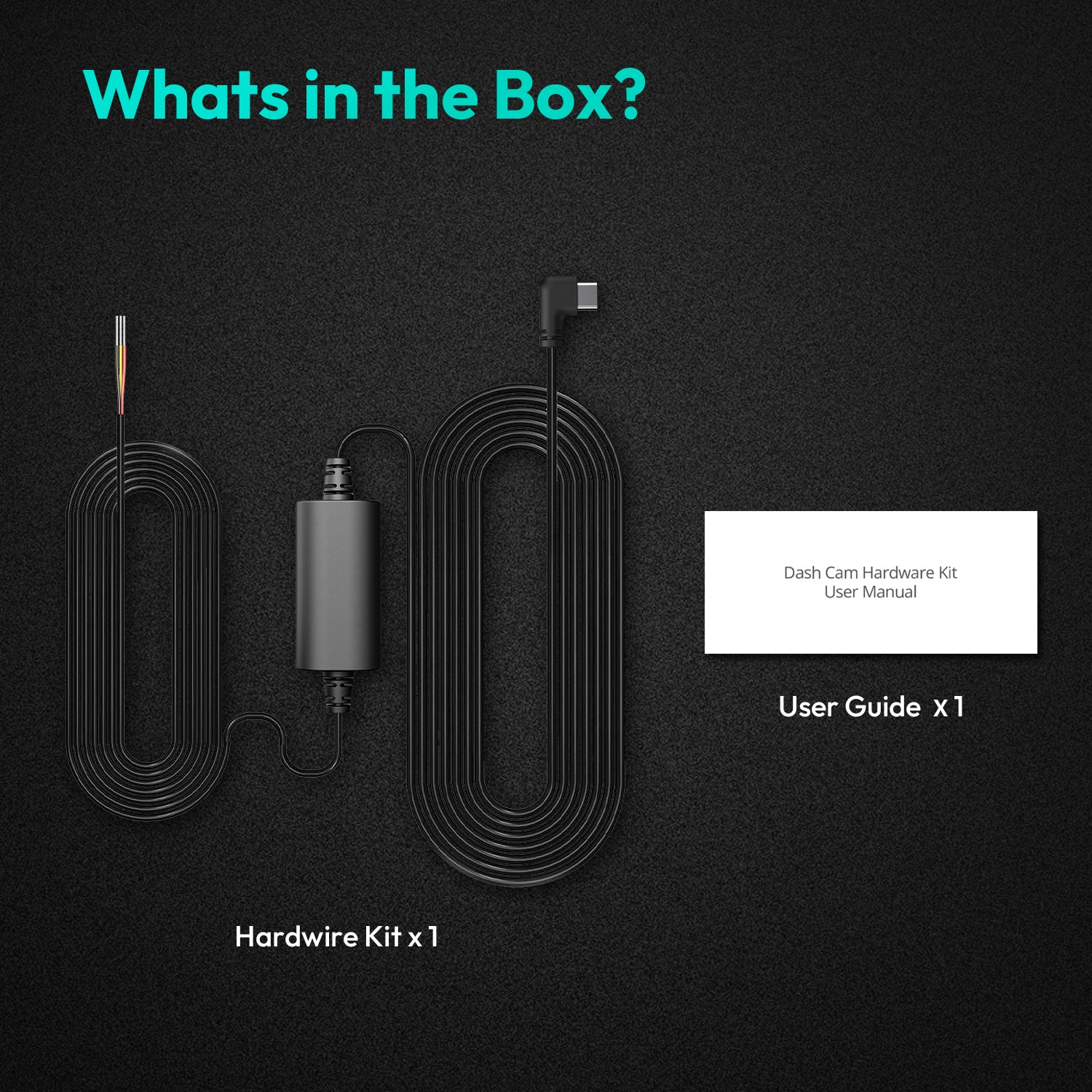
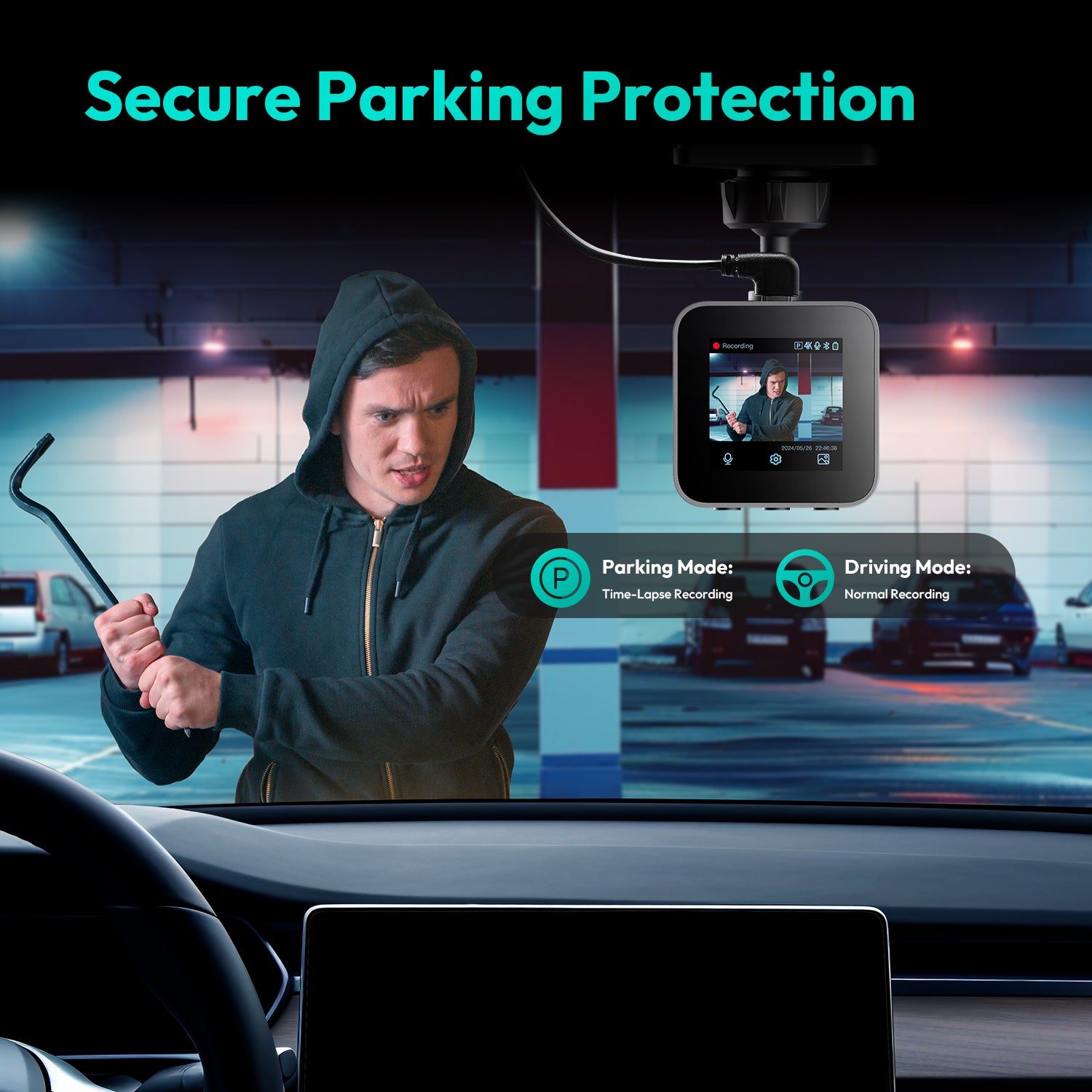
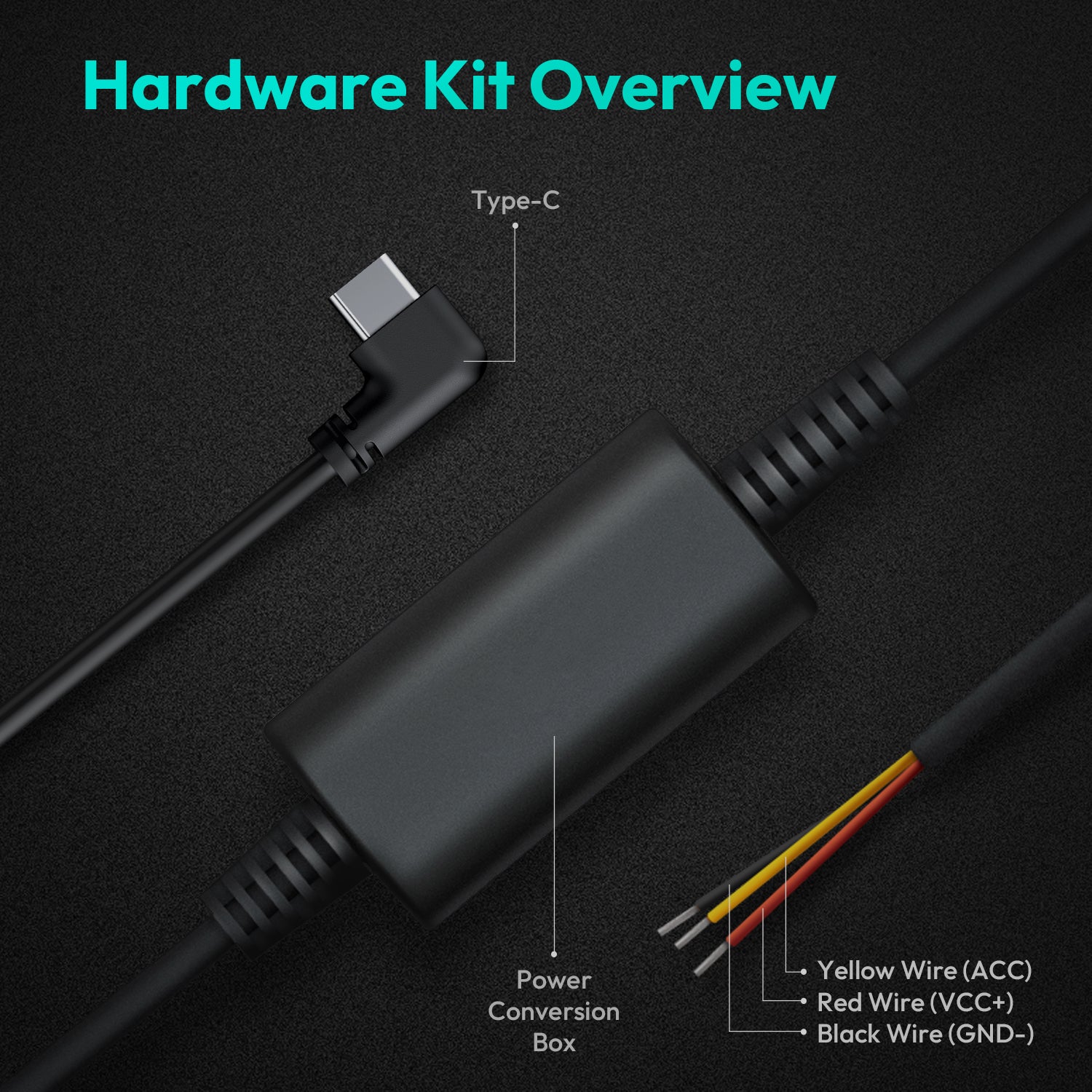
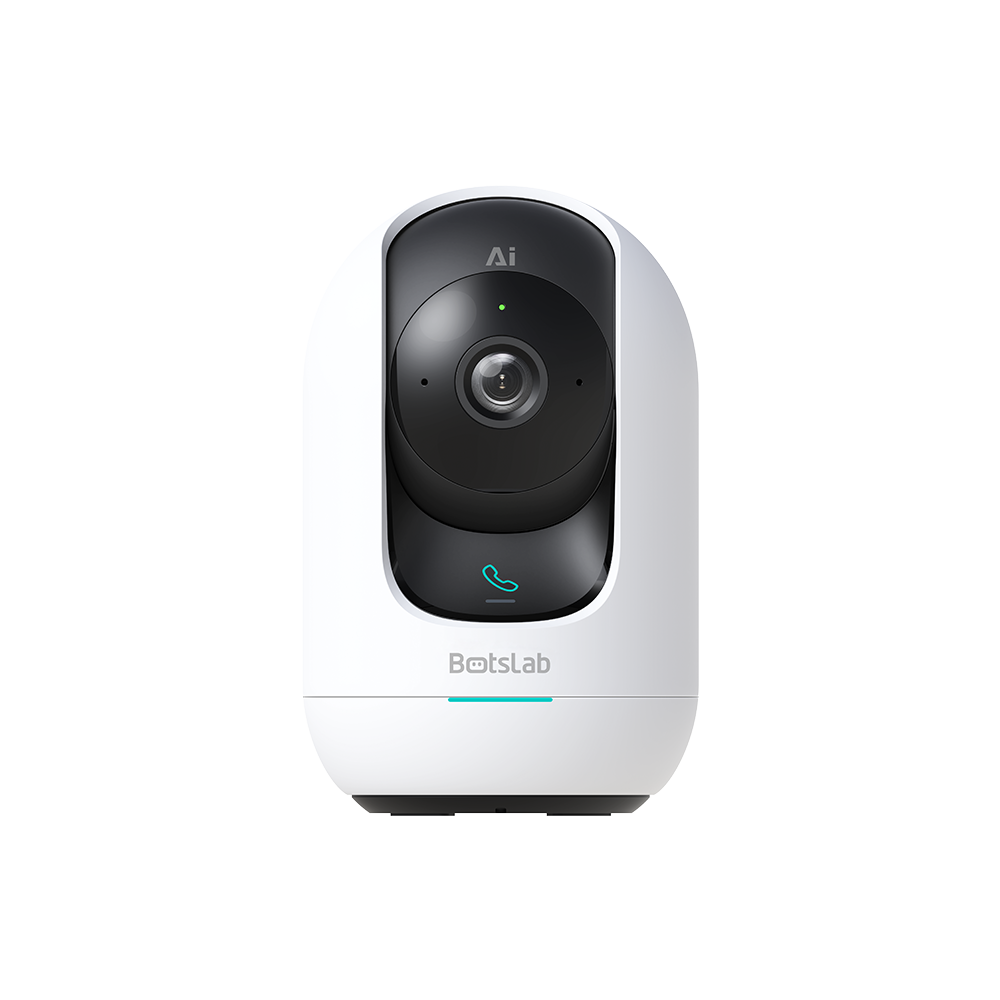


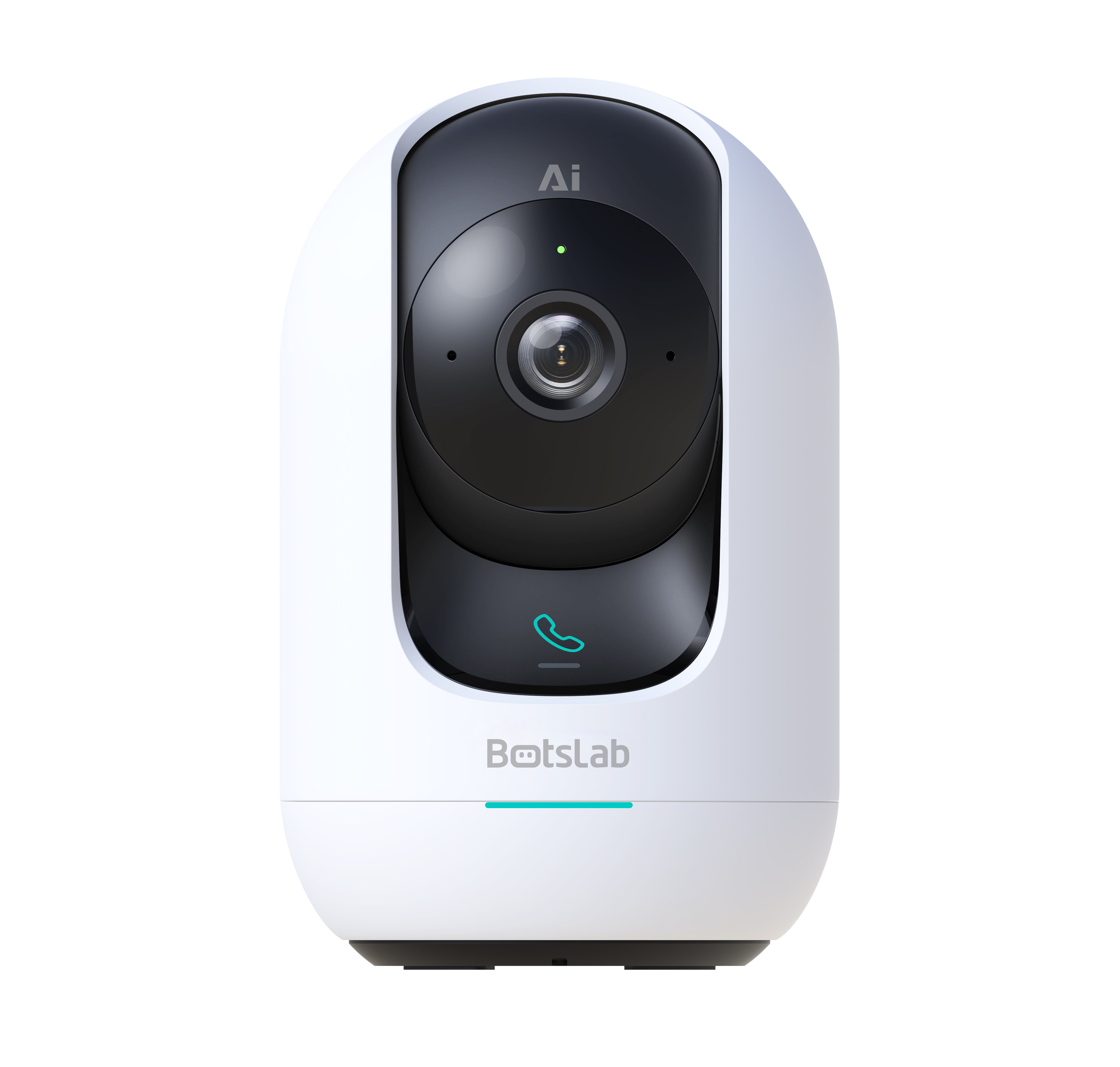
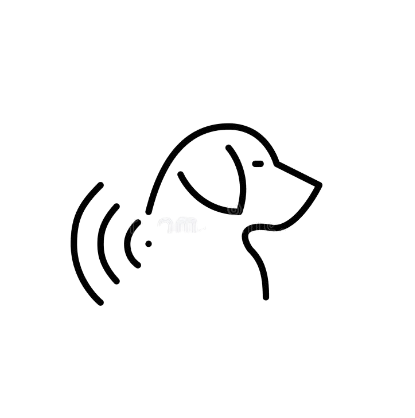
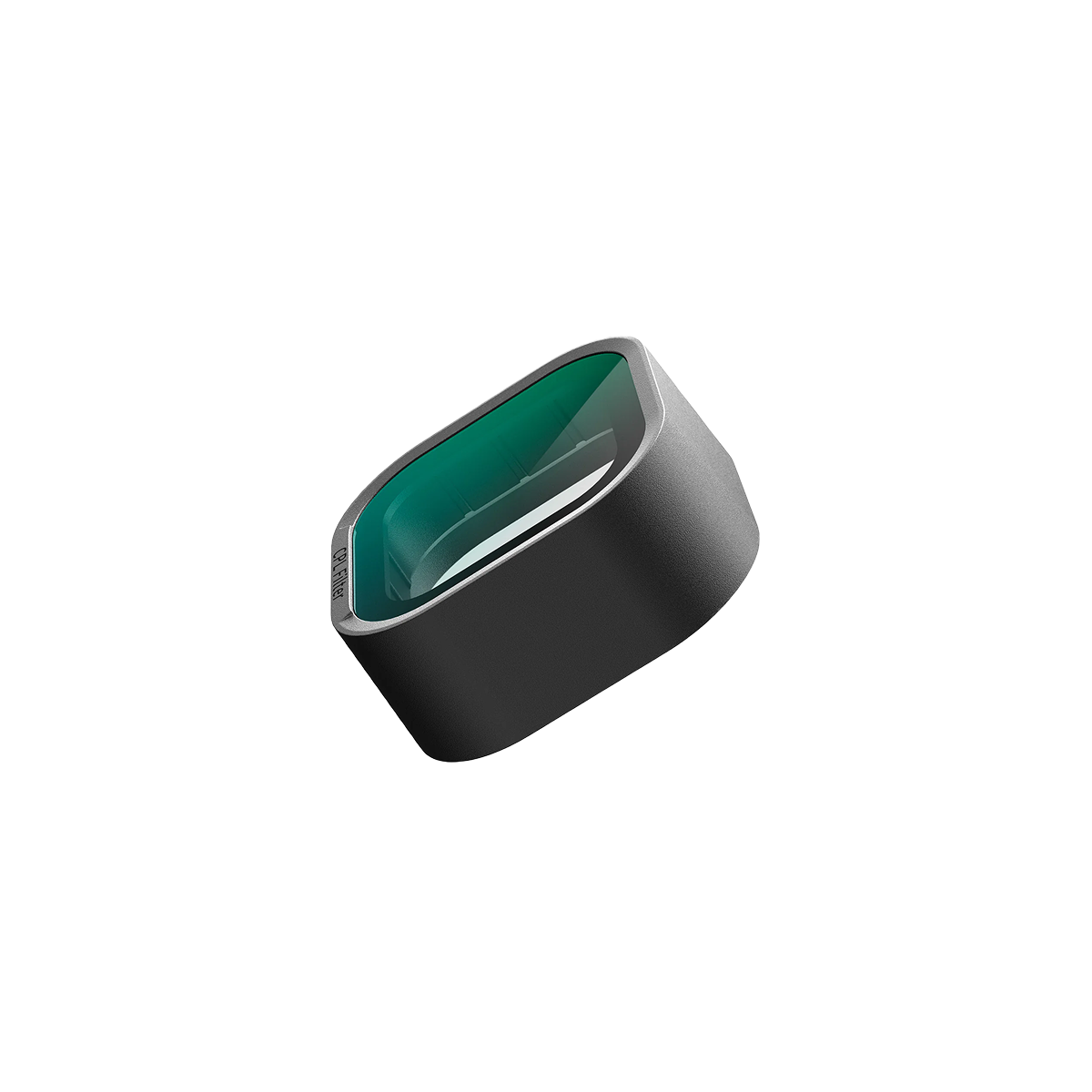


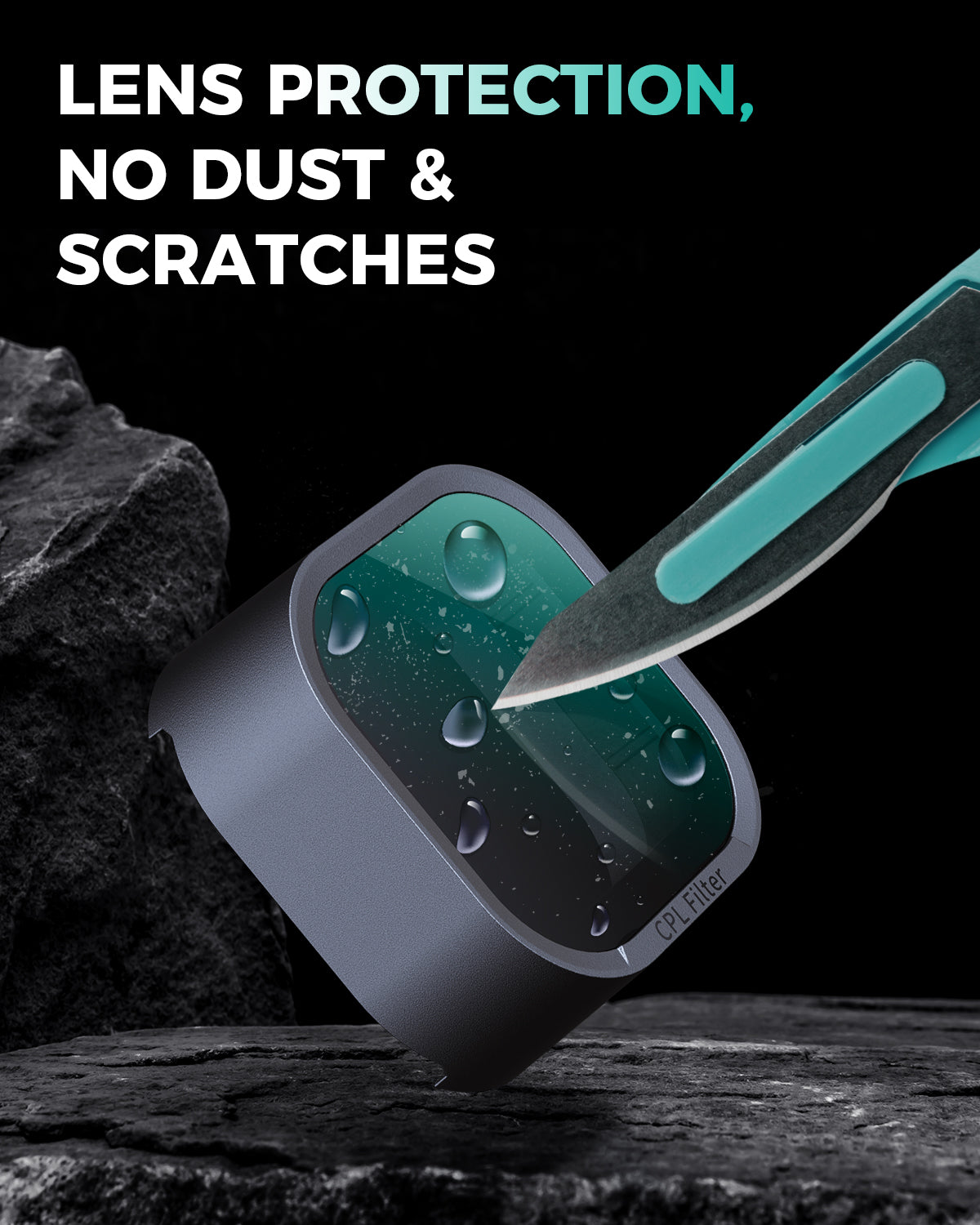
Share:
Botslab Indoor and Outdoor Camera Reset and Connection Step-by-Step Guide
How to Install a Dash Cam Front and Rear